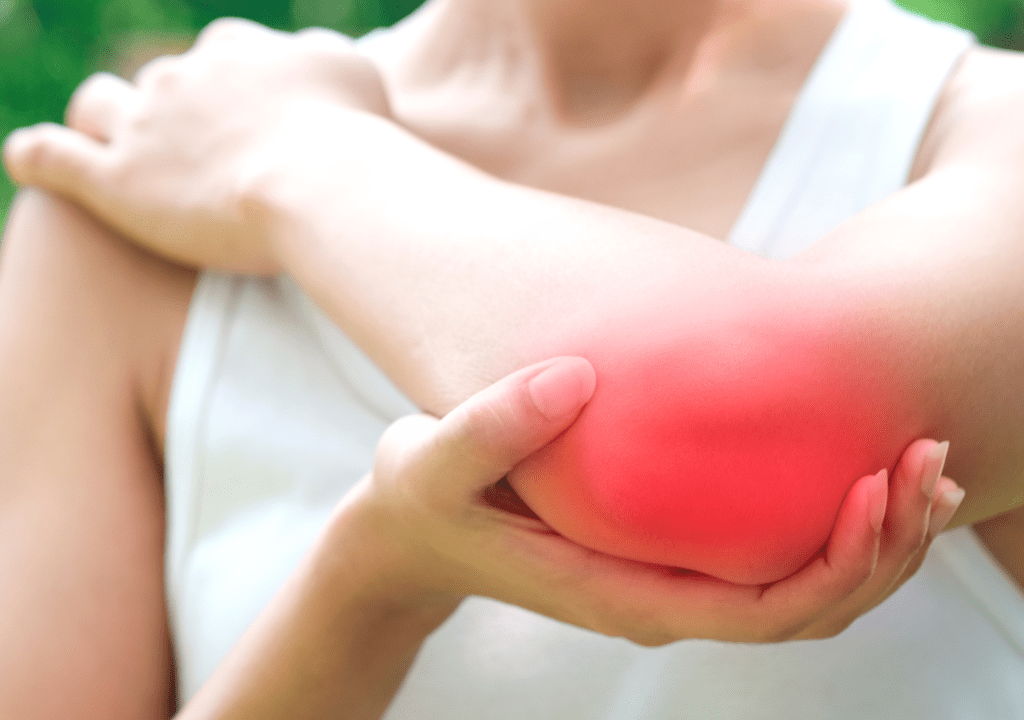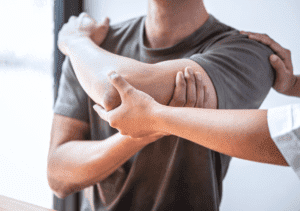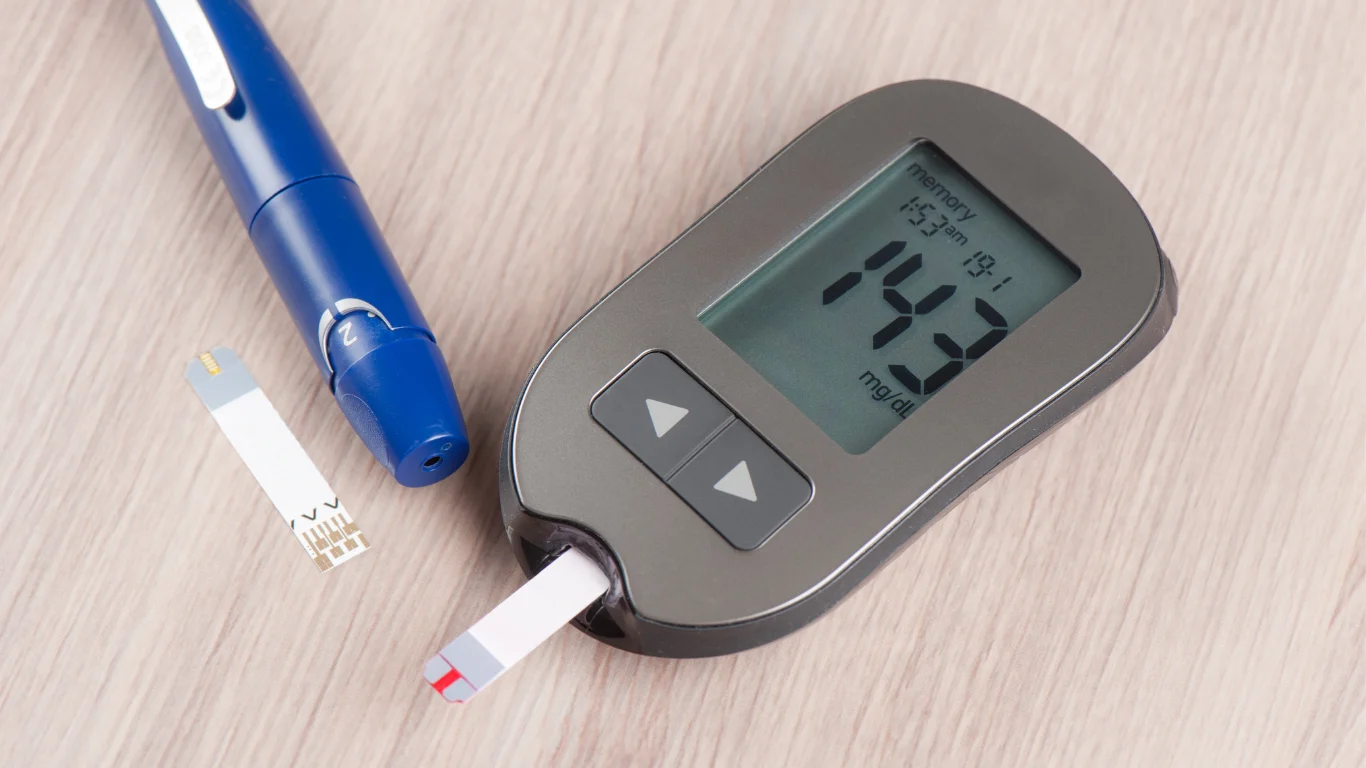Tennis elbow, medically known as lateral epicondylitis, is often pigeonholed as an athlete’s affliction, yet its reach extends to a surprising variety of professions and daily activities. Contrary to common belief, this debilitating condition affects not just sports enthusiasts, painters, musicians, but also housewives, desktop users and anyone frequently engaged in repetitive arm movements.
The widespread but under-acknowledged impact of tennis elbow across different sectors offers a unique perspective on occupational health risks and ergonomic solutions. It is crucial to dissect how everyday actions, often overlooked as trivial or routine, can strain the delicate musculature around the elbow, leading to significant discomfort and functional limitations.
In this article, we aim to shed light on innovative home management strategies for tennis elbow, focusing on holistic and preventative approaches rarely emphasized in conventional discussions. By integrating subtle lifestyle adjustments and simple home remedies into our daily routines, we can significantly alleviate symptoms and potentially circumvent the progression of the condition.
We will explore not only the physical management of tennis elbow but also the importance of ergonomic awareness in preventing such injuries. This approach ensures a comprehensive understanding of how to sustain elbow health in our increasingly repetitive motion-driven lives.
Understanding Tennis Elbow
What is Tennis Elbow?
Tennis elbow, scientifically termed lateral epicondylitis, arises when the tendons in your elbow are overloaded, typically due to repetitive motions of the wrist and arm. Despite its name, the condition is not limited to tennis players and is widespread among individuals performing activities that require tight gripping or fine motor skills.
Causes and Symptoms
The root cause of tennis elbow is the strain and micro-tearing of the tendons attaching the forearm muscles to the outer elbow. This overuse injury is prevalent among individuals who engage in jobs or hobbies that involve repetitive motion, such as typing, carpentry, or painting. Symptoms include pain and tenderness on the outside of the elbow, which may radiate towards the forearm and wrist, making it difficult to perform simple tasks like turning a doorknob or holding a cup.
Home Management Strategies for Tennis Elbow
Rest and Activity Modification
One of the cornerstone treatments for tennis elbow is rest. Resting the affected arm not only alleviates stress on the tendons but also speeds up the healing process. However, complete inactivity could lead to stiffness; thus, it’s important to balance rest with gentle activity. Modifying daily activities to avoid the motion that initially caused the injury is crucial. For those whose professions involve repetitive movements, this might mean adjusting work techniques or using ergonomic equipment.
Ice Therapy
Applying ice to the affected area can significantly reduce inflammation and pain. Ice therapy should be applied for about 15-20 minutes every few hours to ensure effectiveness while preventing skin damage. This method is especially useful immediately after the onset of pain or after activities known to exacerbate symptoms.
Compression Techniques
Using an elbow strap or brace can help reduce strain on the injured tendons, providing support that allows for earlier return to regular activities. These devices are designed to compress the upper forearm and alleviate stress on the elbow, thereby reducing pain and preventing further injury.
Elevation Methods
Elevation is another technique that can help reduce swelling. Keeping the elbow elevated above heart level, especially after intensive use or during ice therapy, can assist in minimizing inflammation.
Integration of Recommended Exercises
As detailed in the Medical News Today article, specific exercises designed to strengthen the forearm muscles are crucial for recovery and prevention of tennis elbow. These exercises, which often include wrist extensions, flexions, and supinations, should be performed carefully to avoid overexertion. Consulting with a healthcare professional before beginning any exercise regimen is highly recommended to tailor the exercises to your specific needs and ensure they are done correctly.
These strategies, when combined, offer a comprehensive approach to managing tennis elbow at home. While home remedies can be remarkably effective, persistent or worsening symptoms should prompt a consultation with a healthcare provider to avoid complications or underlying issues.
Exercises for Strengthening and Flexibility
Rethinking Exercise: Quality Over Quantity
Conventional wisdom suggests that more is better when it comes to exercise, but when managing tennis elbow, the quality and specificity of the exercise are far more critical than the quantity. Traditional approaches often prioritize strengthening the muscles around the elbow; however, it’s crucial to integrate exercises that also enhance flexibility and overall joint health.
Gentle Stretching Exercises
Incorporating gentle stretching into the recovery and maintenance regimen can profoundly affect the flexibility and health of the forearm muscles and tendons. Stretches such as wrist flexor stretches and elbow extensor stretches can be done with minimal equipment and are essential for maintaining tissue elasticity and reducing the stiffness that often accompanies healed injuries. It’s time to view these stretches not as optional add-ons but as integral components of rehabilitation.
Strengthening Exercises: A New Approach
While strengthening exercises are beneficial, the focus should be on exercises that do not exacerbate the pain or contribute to further tendon damage. Exercises like isometric wrist extensions can be performed without moving the joint itself, which minimizes the risk of re-injury while still building strength. This method challenges the conventional push for dynamic exercises, suggesting a safer, more controlled approach to muscle strengthening in sensitive conditions.
Dynamic Eccentric Loading
Emerging evidence supports the idea of dynamic eccentric loading as a particularly effective method for tendon rehabilitation. Exercises that slowly lengthen the tendon under load, such as slow wrist drops, can facilitate better adaptation and healing of the tendon tissues. This method is revolutionary as it directly contrasts with the static exercises traditionally recommended for tennis elbow and promotes faster recovery and greater resilience of the tendon.
Adopting these nuanced exercise strategies requires a shift in perspective—from treating symptoms to enhancing overall muscle and tendon health. By challenging the norms of exercise regimens for tennis elbow, individuals can achieve more sustainable recovery and longer-term elbow health. This proactive and informed approach not only manages the pain and disability associated with tennis elbow but also empowers individuals to take control of their recovery in a more effective and personalized manner.
Pain Management
Challenging the Status Quo of Pain Relief
The conventional approach to managing pain in cases of tennis elbow often leans heavily on over-the-counter (OTC) medications. While these remedies are effective for short-term relief, relying solely on them can mask symptoms without addressing the underlying causes of pain. This section reexamines traditional pain management techniques and introduces holistic alternatives that not only alleviate pain but also contribute to a healthier, more sustainable recovery.
Beyond Over-the-Counter Solutions
It’s crucial to look beyond the immediate relief provided by OTC painkillers and consider the benefits of integrating natural remedies into your pain management strategy. Techniques such as acupuncture or the application of essential oils like lavender or peppermint oil can reduce inflammation and pain without the side effects commonly associated with pharmaceuticals. These methods challenge the mainstream dependency on medication, offering a gentler, yet often equally effective, approach to pain relief.
The Role of Mindfulness and Stress Reduction
Emerging research suggests that stress and mental strain can exacerbate the symptoms of physical injuries, including tennis elbow. Incorporating mindfulness practices such as meditation or yoga can significantly impact pain perception and management. These practices not only help in managing physical pain but also in reducing the psychological stress that often accompanies chronic injuries, providing a holistic approach to health that treats both mind and body.
Heat Therapy: An Underutilized Resource
While ice therapy is widely recommended for its anti-inflammatory effects, the benefits of heat therapy are often overlooked in the context of tennis elbow. Applying heat can improve circulation and relax tight muscles, which may help reduce pain and promote faster healing. This can be particularly beneficial during the chronic stages of tennis elbow, where increased blood flow can aid in the repair of damaged tissues.
By expanding the scope of pain management strategies beyond conventional methods, this approach encourages a more informed and nuanced perspective on health. It prompts individuals to explore alternative therapies that not only manage pain but also enhance overall well-being, challenging the traditional reliance on quick pharmaceutical fixes.
When to Seek Professional Help
Recognizing the Limits of Home Management
While self-care and home remedies are effective first lines of defense against tennis elbow, they have their limitations. It’s vital to recognize when these methods fall short and professional intervention becomes necessary. Traditional advice often underestimates the seriousness of persisting symptoms, urging patients to continue with home remedies longer than advisable. This section aims to clarify the signs that indicate the need for professional assessment and treatment.
Symptoms That Warrant Professional Attention
Persistent pain that does not improve with rest, ice, compression, and elevation, or pain that worsens despite these interventions, should not be ignored. Other red flags include a noticeable decrease in arm strength, a loss of motion in the elbow, or pain that persists for more than a few weeks despite home remedies. These symptoms could indicate a more severe condition or the need for a tailored treatment plan that only a healthcare professional can provide.
Integrating Professional Care at Home
The Untapped Potential of In-Home Healthcare
The shift towards in-home healthcare is a trend that’s gaining momentum, yet its potential in treating conditions like tennis elbow is not widely discussed. Leveraging professional healthcare services at home can significantly enhance the quality and effectiveness of treatments while ensuring continuity of care in a comfortable and familiar environment.
Benefits of Home-Based Physiotherapy
Incorporating professional physiotherapy within the home setting allows for personalized care that is meticulously tailored to the patient’s specific condition and lifestyle. Home-based physiotherapy not only facilitates a more intimate understanding of the patient’s daily routine and challenges but also enables therapists to customize interventions that fit seamlessly into the patient’s life. This can lead to more sustainable practices and better compliance compared to traditional clinic-based care.
Regular Professional Evaluations at Home
Having regular check-ups by a healthcare provider at home can be a game-changer for chronic conditions like tennis elbow. These visits provide ongoing assessments that can preempt complications by adjusting treatment plans in real-time, based on the patient’s progress or any new symptoms that arise. This proactive approach is seldom emphasized but can significantly decrease the overall duration and severity of the condition.
By incorporating these insights, this section not only guides patients on when and how to seek professional help but also highlights the innovative potential of integrating such professional services at home. This approach challenges the conventional reliance on clinic-based care and encourages patients and healthcare systems alike to embrace a more dynamic and patient-centered model of care.
Conclusion
As we have explored various strategies for managing tennis elbow at home, it’s evident that understanding and treating this condition extends beyond conventional methods. The comprehensive guide on Medical News Today aptly sums up the essence of our approach by stating, “The right exercises can improve function and prevent tennis elbow from returning.” This encapsulates the proactive and informed stance necessary for effective management of tennis elbow.
It is crucial to emphasize that while home remedies such as rest, ice, and specific exercises are foundational to recovery, they are part of a broader spectrum of care. As discussed, the integration of professional healthcare at home can significantly enhance the effectiveness of traditional treatments, providing a more personalized and adaptive approach to managing symptoms and preventing recurrence.
The journey to recovery from tennis elbow involves a balanced blend of self-care and professional guidance. By understanding when to escalate care from home remedies to professional interventions, individuals can avoid prolonged discomfort and potential complications. This holistic approach not only addresses the physical aspects of tennis elbow but also incorporates a lifestyle perspective that promotes long-term health and mobility.
As we continue to challenge the conventional boundaries of healthcare delivery, especially in conditions like tennis elbow, it becomes increasingly important to embrace innovative care models that prioritize patient comfort and convenience without compromising on the quality of care. Remember, the goal is not just to treat tennis elbow but to ensure it does not diminish your quality of life.
Book your Physiotherapy Sessions today!
In rethinking the approach to managing tennis elbow, it’s important to consider not just the immediate treatments but also the continuity and convenience of care. While traditional methods offer a good foundation, the integration of home-based healthcare services represents a significant advancement in treatment accessibility and personalization.
At Best DOC Home Healthcare, we understand the value of receiving tailored care within the comfort of your home. Our physiotherapy services, available directly to your doorstep, blend expert care with the convenience you need to ensure a smooth and effective recovery process. Embrace a modern approach to health management by exploring our Physiotherapy at Home services.
Invest in your health by choosing services that not only cater to your immediate needs but also adapt seamlessly into your daily life, providing support where it’s most effective. Let Best Doc Home Healthcare be your partner in not just recovering from tennis elbow, but in living a healthier, more active life.














